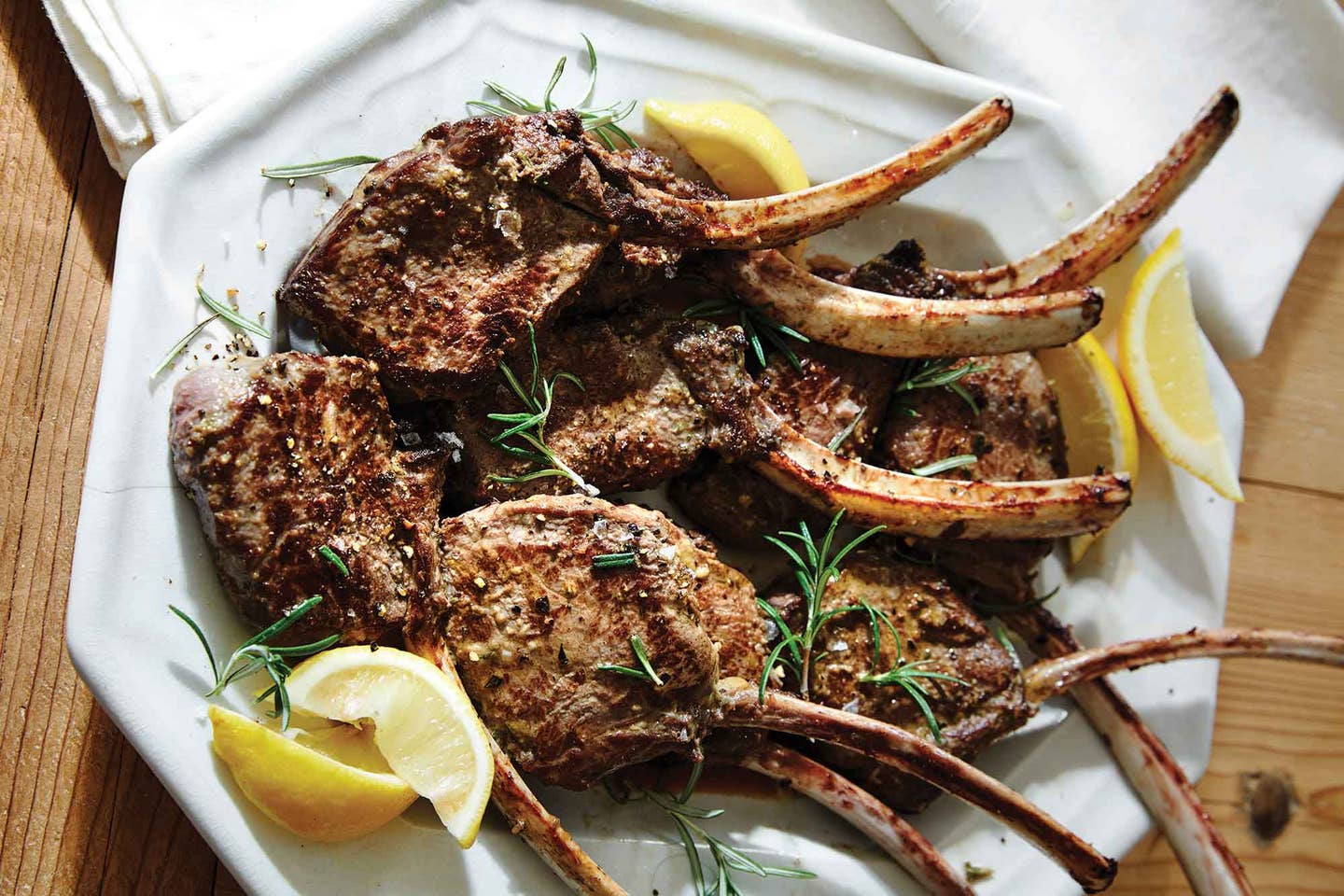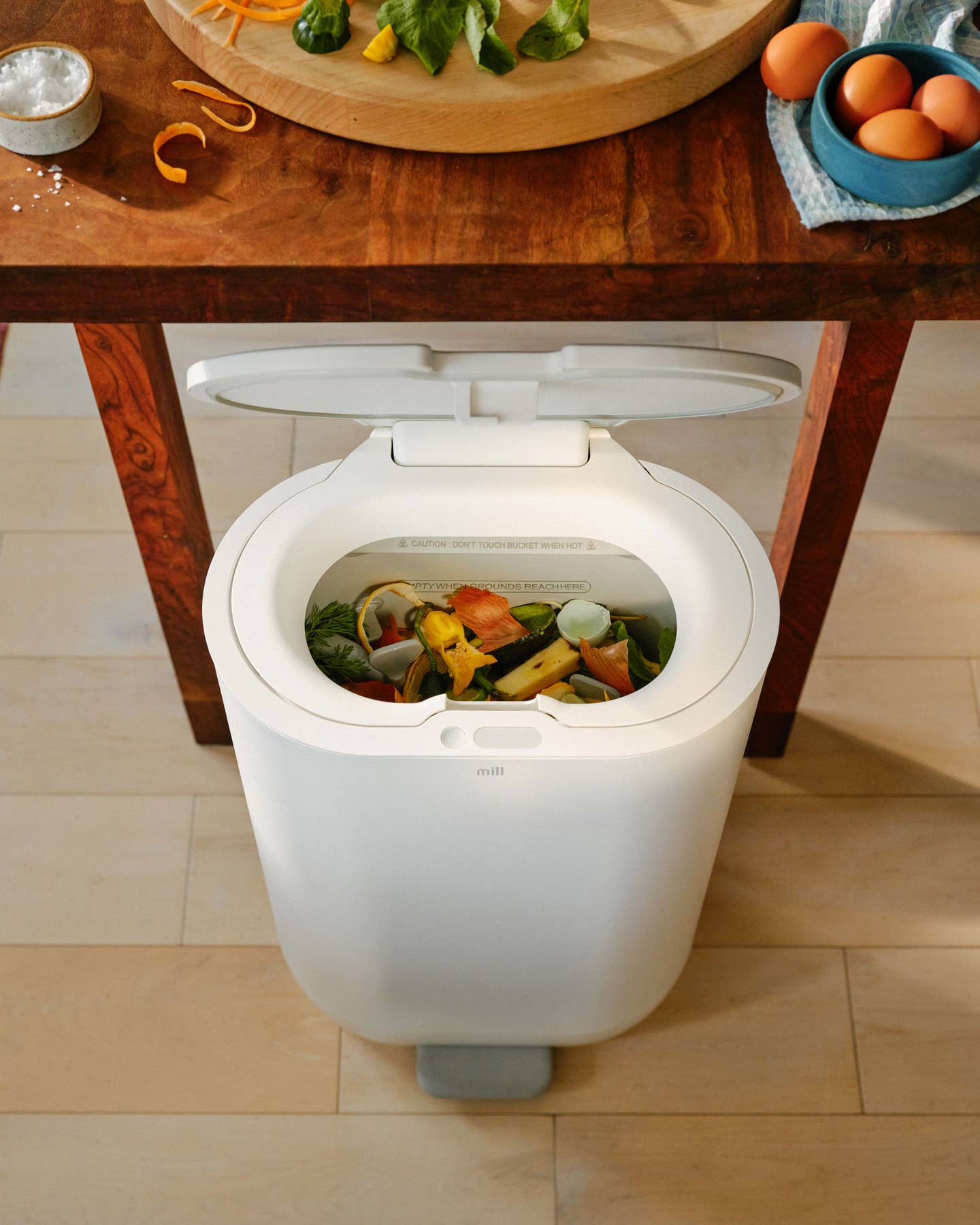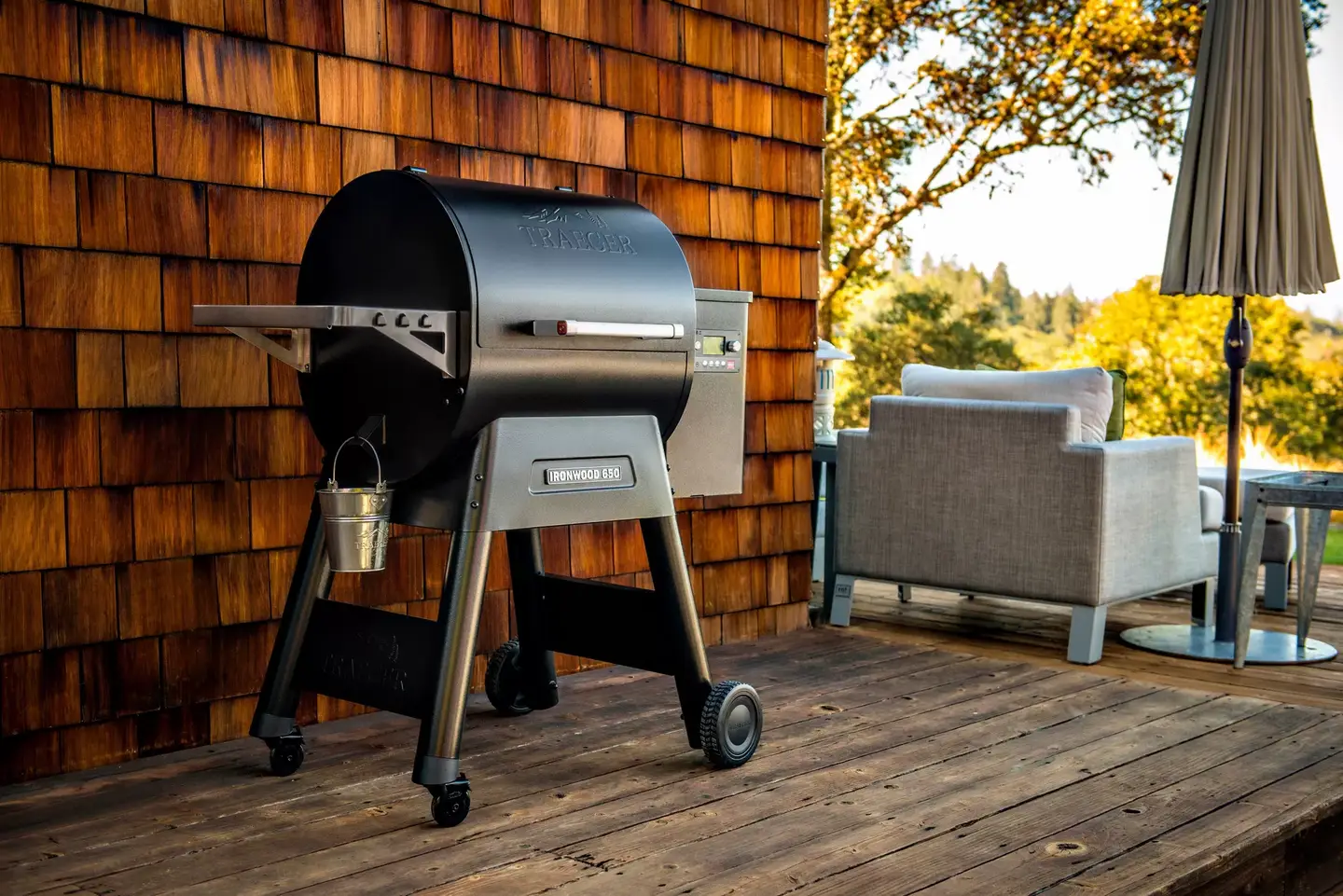
The 2020 Saveur 100: 81-90
The best $1 that you’ll ever spend, the workhorse that is Breville’s immersion blender, and more.
81. The Only Game In Town
At Broken Arrow Ranch in Ingram, Texas, founder Mike Hughes set out to solve the complex problem of how to sell exotic game meats by mail—illegal in this country, with very few exceptions. Broken Arrow mines every one of 'em. Working with ranchers, private landowners, and wildlife officials, Hughes, and his son Chris (who now runs the company) determine where nonnative animal species are overpopulating areas of the Lone Star State, then send in hunters and refrigerated processing units, manned by a butcher and a USDA-approved meat inspector. “This method is difficult and inefficient, but far more humane than factory farming,” says the younger Hughes. “It’s better for the environment, better for the animals, and yields higher-quality meat.” If it were easier, Broken Arrow might not be the only company in America capable of shipping wild boar, elk, antelope, and venison to your door. So, how exactly should one prepare antelope chops? We thought you might ask, and enlisted Louisiana-born, New York-based hunter and chef Jean-Paul Bourgeois to develop a recipe.
82. Seriously, We Dare You. Try and Resist This South Korean Snack.
Two highlights from my decades-long career in food journalism: Working with Queer Eye’s culinary guru, Antoni Porowski, on his bestselling cookbook, Antoni in the Kitchen, and discovering Gilim’s honey-butter almonds courtesy of said Netflix star. “The first time I tried one,” Porowski admits, “I totally freaked out and ate the whole bag.” Unfortunately, for those of us addicted to the flavor of these sweet-salty South Korean nuts—think butter-pecan ice cream or syrupy waffles—Amazon has made feeding the habit far too easy. A half-pound sack (resealable, but why?) should set you back around $10, and might last, I dunno, an hour. —Mindy Fox
83. Supersiziest French-Mexican Meal
Take a giant flour tortilla, top it with ground beef, merguez sausage, or chicken nuggets, then add a handful of fries and your choice of cheese (Goat? Gouda?), plus one of a dozen available sauces, from curry to a mustard-mayo mysteriously dubbed Biggy Burger. Wrap that daddy up, toss it on the grill, and what do you get? Something even Taco Bell might not claim, despite an eerie resemblance to the late, great Grilled Stuft Burrito. The real shocker—yes, there are more surprises in store—is that this particular monstrosity was born in Bordeaux, 13 years ago, as the signature offering of a French-based franchise called O’Tacos. The fare is about as Mexican as coq au vin, but mon dieu, is it good. —Colman Andrews
84. As If You Needed Another Reason to Lament the End of Corn Season
This particular crop may have originated in the New World, but its appeal proves universal. In northern New York, where my family lives, we’ve eaten so many grilled ears by late September that my husband cries uncle. My response: corn fritters, made with a buttermilk batter, shallow-fried, and drizzled with hot honey for breakfast.
In Indonesia, street vendors hawk perkedel jagung, the gingery galangal corncakes often dipped in a tomato sambal. India’s pakoras are mixed together with chickpea flour, while New England’s johnnycakes are made with stone-ground cornmeal. Japan’s corn kakiage are fried in light-as-air tempura batter. Jamaicans call their cornmeal version “festival,” while Puerto Rican surullitos are often slathered in the island’s beloved mayo-ketchup sauce. Then there’s the American South, where I spent childhood summers. Nearly every fish-fry shack and barbecue joint serves hush puppies as a side. —Shane Mitchell
85. Tours For the Ordinary-Averse
Culinary walking tours typically adhere to a predictable formula: an authentic bite here, a quirky tipple there, a few fun facts to chew on simultaneously. The half-day jaunts offered by Culinary Backstreets (culinarybackstreets.com) are different. Founded in 2009 by Ansel Mullins and Yigal Schleifer—the American expats behind the Turkish food blog Istanbul Eats—this firm enlists the likes of journalists and academics to lead clients (who pay roughly $130) through any one of 15 cities (from Oaxaca to Shanghai) on four continents. The duo also orchestrates weeklong excursions (priced at $3,000 a person), that explore the cuisine of a region by getting to know the artisans behind it. (Think lobster-trap-making demos on the northwest coast of Spain.) Last year, Marseille was brought into the fold. The half-day tour delves into the French port city’s multicultural past and present. One highlight: a stop at the Egyptian bakery Balady (below). —Ben Kemper
86. Raising the Bar
Wonka, take note: Only 3 percent of the world’s chocolate is made with Criollo cacao, a 6,000-year-old heirloom variety found in Central and South America, and Madagascar. (Commodity chocolate is generally from a blander high-yield hybrid.) Criollo is rare and expensive, but it creates a bar that’s fruity, aromatic, and unique—truly golden-ticket stuff.
Beyond Good ($4.50 per bar; beyondgood.com) is the only American company producing chocolate—from bean to bar, plus packaging—at origin, in Madagascar. (Good, right?) Founder Tim McCollum, who did a two-year Peace Corps stint there beginning in 1999, returned nearly a decade later to work directly with the country’s cacao farmers. Instead of shipping the beans to the US or Europe (as is standard), McCollum built Africa’s most state-of-the-art facility, eliminating middlemen and keeping earnings in Madagascar. This direct trade (as opposed to fair trade, which is tougher to monitor at the intermediary levels) not only preserves profit, but also creates transparency that prevents child labor and other exploitations.
Again, good! But here’s a bonus even McCollum didn’t see coming: “Farmers were reforesting land that had been deforested a couple hundred years ago.” Rebuilding the rainforest canopy by interplanting cacao farms with fruit trees has led to the return of several endangered species of lemurs, birds, and lizards. McCollum has already begun setting up a similar operation in Uganda, and is looking ahead to other locations in Africa. So very, very good.
87. Immersion Therapy
There are many words of wisdom the middle-aged me wishes she could have shared with her 20-year-old self. Among them: Avoid actors, musicians, and other artsy males whose feminist beliefs will “free” you to foot every bill. But also: Girl, get an immersion blender; it’ll change your life.
Did I really waste decades transferring vichyssoise from pot to blender and back, in an effort to impress dudes with edgy eagle tattoos? Uh-huh. Then I finally—finally!—empowered myself to puree soups right on the stove. Choose an immersion blender with whisk and chopping attachments, and you can also whip cream, mix batters, and dice vegetables. Since investing in Breville’s lightweight wand ($99.95; breville.com), I have not taken my bulky food processor, stand mixer, or traditional blender off the shelf. Those (and other) tools are out of the picture for good. —Sarah Gray Miller
88. The Best Dollar You’ll Ever Spend
Target’s flour-sack dish towels are generously sized (30 inches square), incredibly absorbent, fast-drying, and perfectly capable of doubling as casual-chic dinner napkins. Did I mention these soft, bleachable, cotton wonders also happen to be dirt-cheap? A four-pack will only set you back $3.99. —Monica Michael Willis
89. Cardamom and Cashews and Condensed Milk, Oh My!
At my pop-up, Tuk Tuk, in Lexington, Kentucky, the menu reflects both my Sri Lankan heritage and a childhood spent in the American South. I serve shrimp with coconut grits, use curry to braise ribs, and spice deviled eggs with turmeric. Yet there’s one Sri Lankan recipe I do not mess with: kiri aluwa. This milk toffee became popular around the turn of the last century, when Nestlé began exporting cans of condensed milk to the island. Also made with sugar, fresh cashews, green cardamom, and a hint of rose water, the candy isn’t difficult to make, though you must mind the pot constantly. Once you get the feel for the way the sugary mixture goes from gloppy to smooth seemingly all at once, you’ve got the hang of kiri aluwa. Eat the toffee with a cup of hot milk tea, and sprinkle any sugary crumbs over berries or ice cream. —Samantha Fore
90. The Portuguese Bakery that Earned Global Acclaim by Keeping It Local
The strong, slightly sweet aroma emanating from Lisbon’s Gleba bakery stumped me the first time I visited the place two years ago. I may be a professional baker, but the pão de trigo coming out of the oven here relied on a grain far bolder than the hard red wheat popular in America.
That grain, it turns out, has been cultivated in Portugal since the seventh (not a typo) century. Called Barbela, this wheat variety had fallen by the wayside—a victim of industrial agriculture’s preference for cheap at the expense of good—until Gleba founder Diogo Amorim, 24, began encouraging area farmers to grow the crop, which he then grinds on old-fashioned stone mills.
“My goal,” Amorim says, “is to reintroduce traditional Portuguese breads as something worth preserving.” If the lines outside his shop in the city’s waterfront neighborhood of Alcântara are any indication, customers are eager to help him achieve it—and chefs too. The next time I encountered Gleba’s wheat bread, it was on my plate at Alma, Lisbon’s tony Michelin-starred restaurant. —Bryan Ford
Keep Reading
Continue to Next Story










